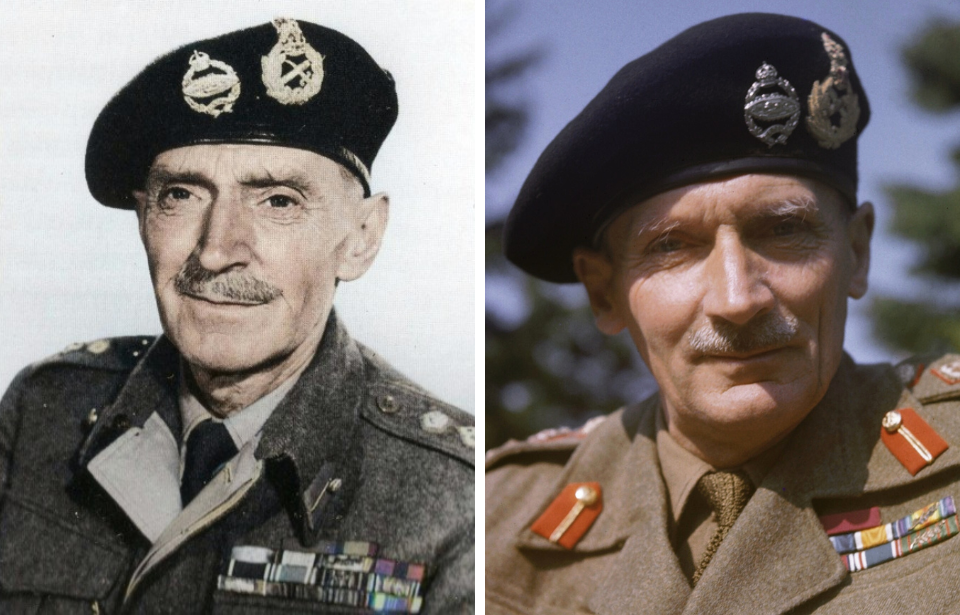Operation Overlord was, at that point, the largest amphibious invasion in the history of warfare. It was no easy feat to keep something of this scale a secret. The Allies, determined to catch the Germans off-guard, came up with creative ways to mislead the enemy about where the landing would take place. They created fake armies, dummies and even went so far as to hire a body double for one of Britain’s highest-ranking officers, under the codename Operation Copperhead.
Operation Bodyguard
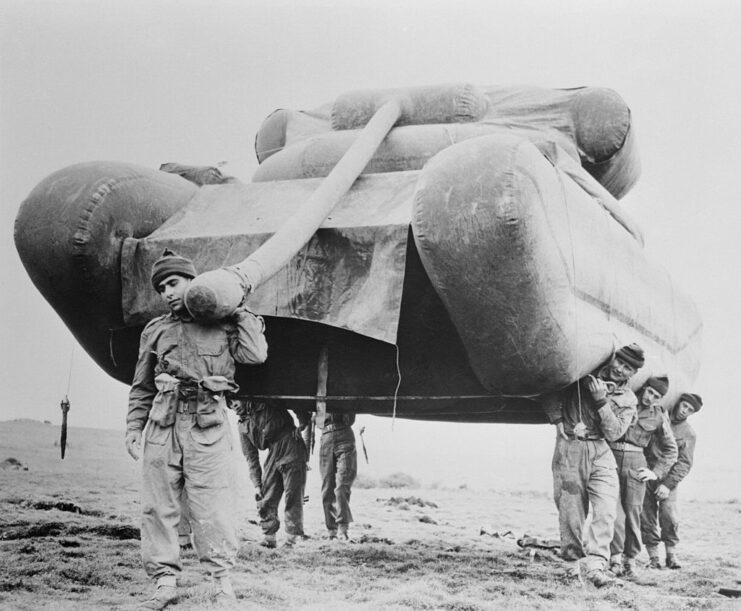
An operation within another, Copperhead was actually part of the larger Operation Bodyguard. By 1943, the Allies were already working on plans for a large-scale European invasion. Wanting to ensure their own success, they came up with Bodyguard, a series of smaller plans designed to mislead the Oberkommando der Wehrmacht as to when and where the assault would take place.
The goal was to make the enemy think an invasion would happen in the distant future and that, in the meantime, there’d be Allied attacks on the Axis forces stationed in southern France, Norway, the Balkans and Pas-de-Calais. Most importantly, they wanted to ensure the Germans didn’t notice the number of troops arriving in southern England.
Field Marshal Bernard Montgomery
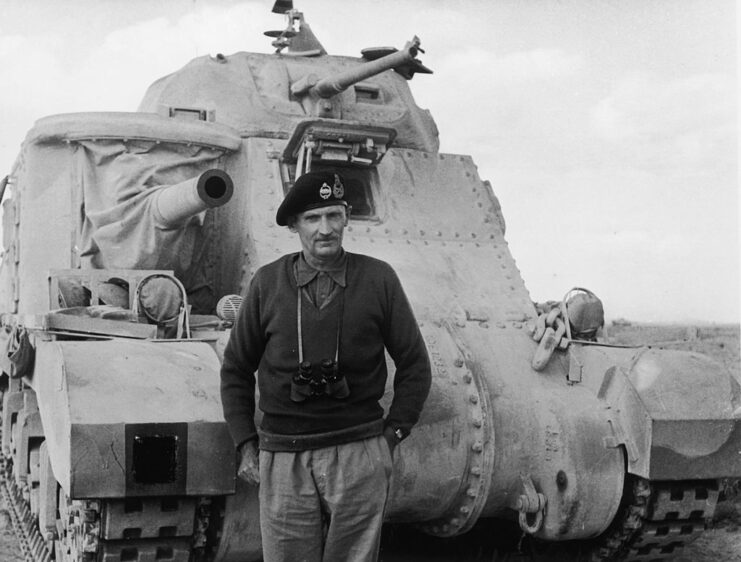
As one of the most important officers in the British Army, Bernard Montgomery played a role in a number of major actions during the Second World War. He served on the Western Front and in North Africa, commanding the British Eighth Army during the Western Desert Campaign. He also led them in the invasions of Sicily and Italy. Given this, he was involved in both the plan to deceive the Axis powers and any future Allied invasion.
The latter was something the Germans were well aware of, assuming he’d play a crucial role in whatever cross-channel attack was being planned. As such, the British needed to come up with a solution that would allow the legendary officer to be involved in the assault, without revealing to the Germans exactly what they were doing and where.
Operation Copperhead
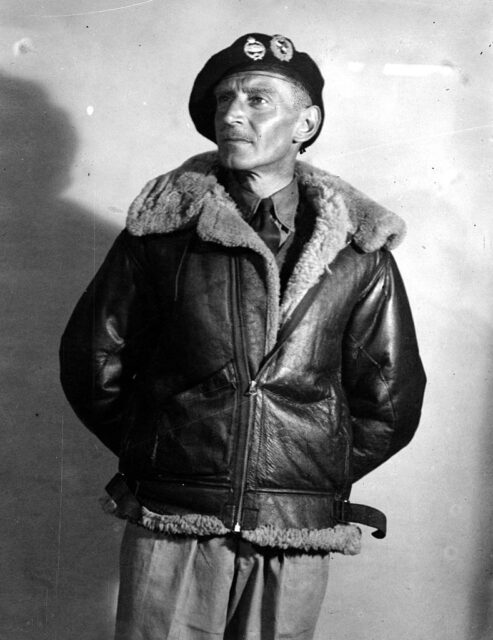
The Allies’ solution came from Brig. Dudley Clarke, master of visual deception and misdirection. Inspired by the film Five Graves to Cairo (1943), he thought the only way to make the Germans think Montgomery was in two places at once was to actually have him be in two different locations.
Clarke suggested they find a convincing body double and send him on a a few highly-publicized appearances throughout Allied territory. The hope was the Germans, seeing him on tour, would realize he couldn’t possibly be planning an invasion, all while solidifying the misdirection the Allies were planning on attacking other areas. Clarke’s plan was given the green light, and they began trying to find someone to portray Montgomery.
As it turned out, it was easier said than done to find a good impersonator for the famous officer.
Casting call
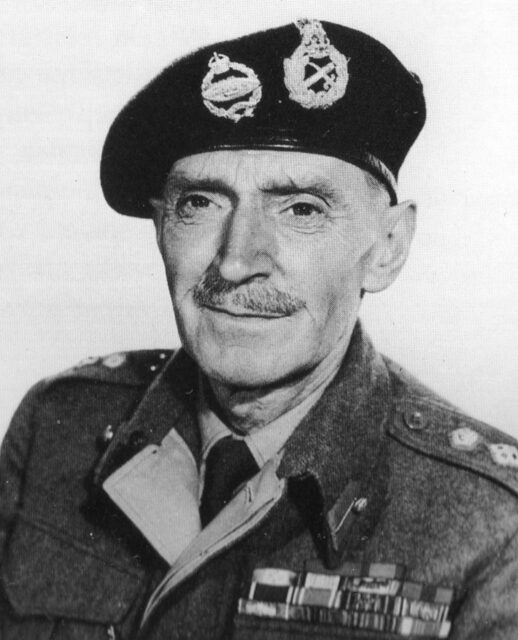
Clarke first thought Miles Mander, who appeared in Five Graves to Cairo, might be a good fit, but he ended up being far too tall. His second choice didn’t pan out either, as the individual broke his leg in a motorcycle accident. It wasn’t until someone found a photo of M.E. Clifton James, a veteran Australian actor serving with the British Royal Army Pay Corps, that their problem was solved.
As he worked on propaganda films part-time, David Niven was asked to contact him. He invited James to do a screen test, saying it was for a war film casting. It wasn’t until James showed up that he was told why he was really there.
The Australian readily accepted the role, despite not being a perfect fit. For one, he’d lost a finger during the First World War, so had to wear a prosthetic. The bigger issues were that he was a notoriously heavy drinker and smoker, which couldn’t have been further from the real Montgomery.
An effective failure
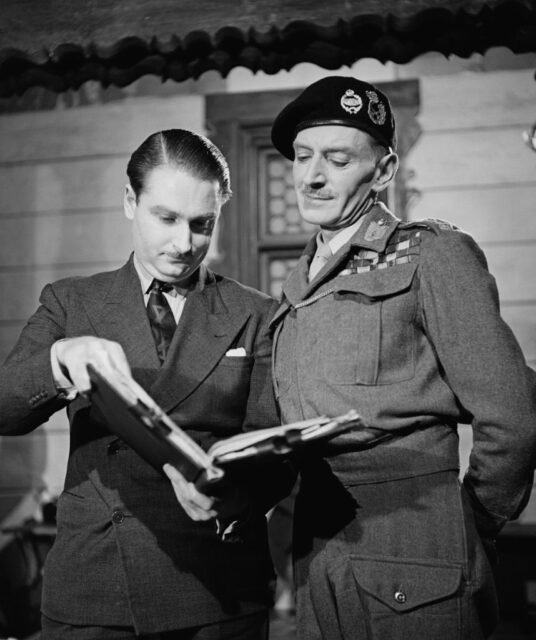
After spending time with Montgomery to learn his mannerisms, James was officially deployed as part of Operation Copperhead. At the end of May 1944, he was flown to Gibraltar, where he’d have breakfast with Sir Ralph Eastwood. Apparently, he drank a bottle of smuggled gin on the flight, a move that could have compromised the entire mission. Sobering up, James completed his obligation, with his handlers ensuring he was seen by a German spy.
James also made sure to talk openly about fake Allied plans, in the hope that spies would overhear and report this up the chain of command. Following Gibraltar, he moved to Algiers to meet Gen. Maitland Wilson, under the guise of discussing an invasion of the south of France. This never happened, as he, again, got drunk and had to be hidden somewhere.
Finally, James was flown to Cairo, where he waited until the real Montgomery landed with the Allied troops on D-Day. With the mission over and the Allies slowly regaining control of France, James was then sent back to the Pay Corps.
I Was Monty’s Double
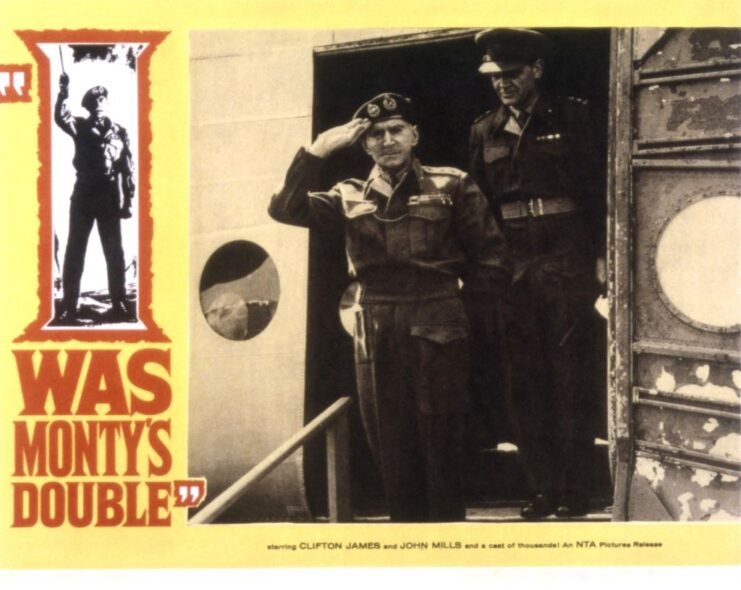
How effective Operation Copperhead actually was is a matter of debate. While some German officers requested information on the faux Montgomery’s movements, there’s no clear evidence that they dismissed ideas of an Allied invasion. Many believed it was the real British officer traveling around, but still believed the tour to be a ruse.
Whether coincidence or not, Germany did send armored divisions to the south of France in the lead up to D-Day.
More from us: Operation Mincemeat: How a Dead Body and a False Identity Helped the Allied Invasion of Sicily
Although James completed an important mission, he supposedly didn’t enjoy it in the slightest, primarily due to the stress. He wasn’t allowed to talk about what he did for the remainder of the war, but that didn’t stop him from publishing the book, I Was Monty’s Double, in 1954. The release was adapted into a film four years later, with James portraying himself and Montgomery.
